What soil is suitable for growing spathiphyllum?
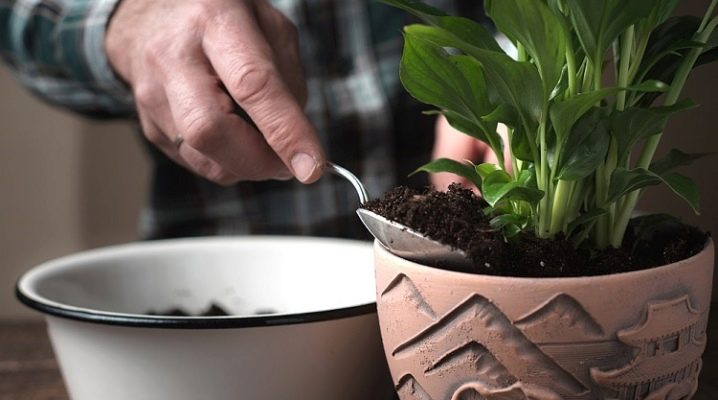
Spathiphyllum is a houseplant from the aroid family. Its more romantic name is "female happiness". Probably, this plant was so named because of its unusual flower with a white petal-veil. When spathiphyllum is well-groomed, it blooms and pleases with its appearance. And for proper care, you need to know what conditions must be observed when growing this beautiful indoor flower. One of the main conditions is a properly selected soil.
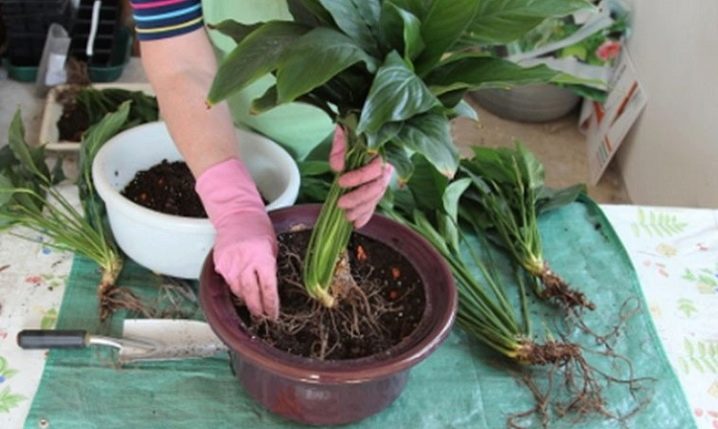
Basic land requirements
In order to choose the right soil that is needed for spathiphyllum, it is necessary to find out as much as possible under what conditions this plant grows in nature. "Women's happiness" is a plant of the humid tropics that grows mainly along river banks, near water bodies, in wetlands. The soil in such places is rich in fallen and decayed leaves and branches, as well as peat. Typically, such soil is light, loose and moist. This means that such a land is suitable for an indoor flower.
Also a necessary requirement for "female happiness" is air permeability and neutral or weak acidity (ph ~ 5.5) of the soil. To increase air permeability, coarse sand is usually added to the soil, and good drainage is also used during planting, for which expanded clay, pebbles, and brick chips are used. Slaked lime, dolomite flour or ash are suitable for reducing acidity. Conversely, peat, leaf humus or ammonia-containing fertilizers are used to increase the acidity of the alkaline earth.
So, for those who love this indoor flower and want the "pet" to bloom actively, it is recommended to use light, loose, humus-rich soil for planting, and also to provide good drainage in the pot.
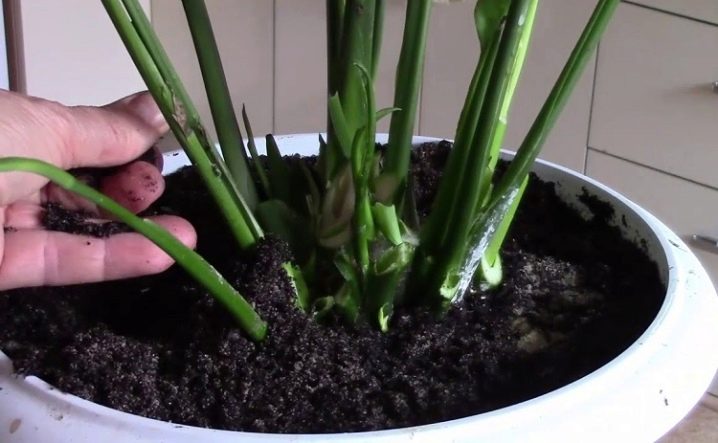
What are the ready-made formulations?
Currently, many garden shopping centers and shops offer ready-made potting mixes for a variety of plants and flowers. There are special soils for spathiphyllums. They are called that. For example, the soil for spathiphyllum "Vermion". If there are none on sale, you can buy soil mixtures for aroid or for flowering tropical plants. As a last resort - purchase a universal primer and slightly change it. As a rule, universal soils are of high acidity and heavy for aroid plants. Therefore, it is imperative to add sand, ash, perlite, coconut shavings or chopped bark there. Not necessarily all together, in different variations and no more than 10%.
When buying any soil, it is imperative to pay attention to the composition of the mixture, to the value of acidity, for which plants this soil mixture is intended.
Conscientious manufacturers must indicate all information on the packaging.

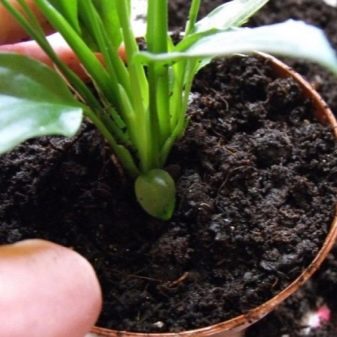
Several types of ready-made substrates can be cited as an example.
- Special soil for plant maintenance aroid family of the Seliger-agro company... Contains coarse baking powder, high moor peat, expanded clay and river sand, calcium and other specially selected minerals. PH - 5-6.
- Bio-Master for Aroids. A set of substrate components: soil - 45%, moss - 25%, sand - 25%, coal - 5%.
- Nutrient substrate "aroid" firms Eco Garden. Contains sand, sphagnum moss, agroperlite, charcoal, peat, biohumus, turf soil.Moreover, in the package, all the components are in layers, and the buyer can mix them at his own discretion.
Unfortunately, purchased substrates do not always guarantee 100% quality. Therefore, after planting the plant, it is necessary to observe for a while what state the favorite flower will be in.
And, perhaps, in the worst case, you will have to change the land and replant the plant.
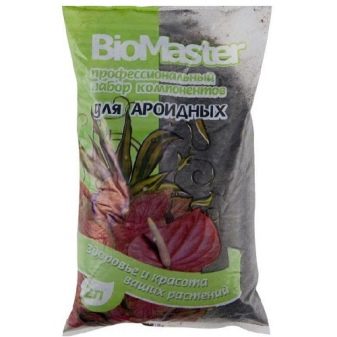
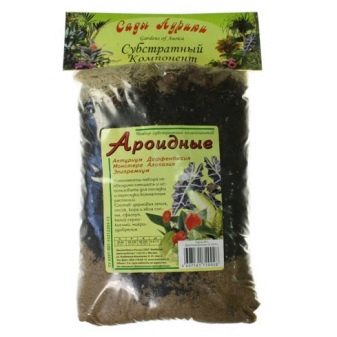
How to prepare the soil yourself?
For those who have just started growing indoor flowers, of course, it is better to purchase a ready-made soil mixture. At home, you can still use commercially available universal soil and, if possible, add sand there. But first, this sand must be washed or calcined for disinfection.
Experienced flower growers and amateurs who have been growing flowers for many years prefer to prepare the soil on their own. Moreover, if there is a country house and a plot of land, and it is possible to prepare various components for your special soil.
What are these components? First of all, it is a garden or sod land. Further, it is compost, rotted manure, coarse sand, crushed tree bark, decayed foliage or needles, peat (preferably horse peat, since lowland has high acidity), charcoal, ash. If we take earth as a basis, then all the other components in different variations are added in approximately 1/10 (except for sand - you can add a little more).
It is imperative to use only rotted plant residues, and sterilize the soil mixture with a strong solution of potassium permanganate.
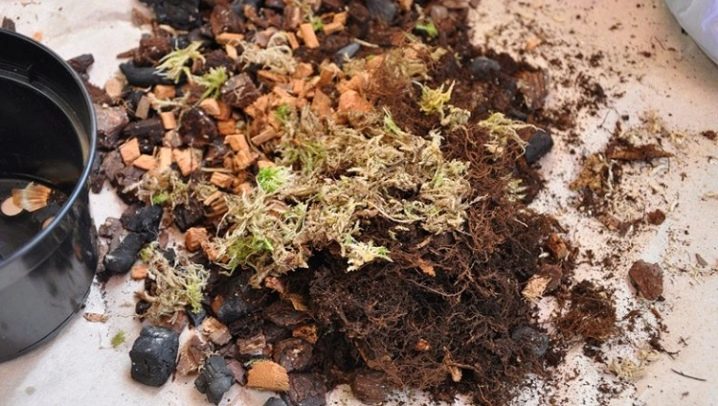
Also, components such as perlite, vermiculite, coconut flakes, and sphagnum moss are now on sale. By the way, the latter, like charcoal, has bactericidal properties. Perlite is a porous small granules of mountain-volcanic origin, which impart looseness and airiness to the soil. Vermiculite is a mineral from the mica group, which has a very complex chemical composition and, accordingly, enriches the soil with microelements.
When preparing a substrate for spathiphyllum, one should not forget about fertilizers. The most convenient and simple option is a complex fertilizer, which contains nitrogen, potassium and phosphorus. There are a lot of such fertilizers on sale from various manufacturers.
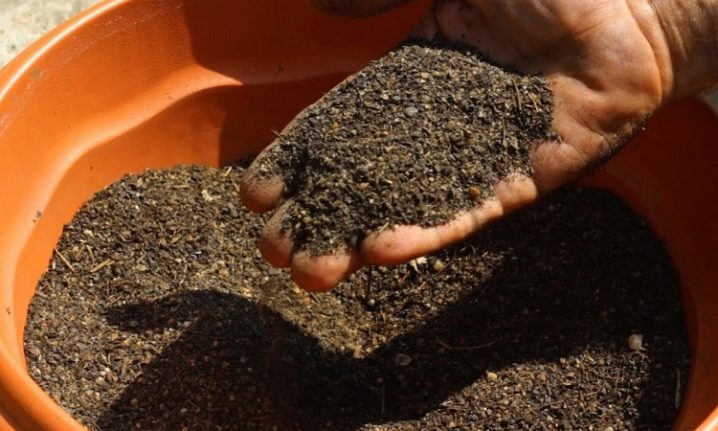
The consequences of improper soil selection
If spathiphyllum is planted correctly, in compliance with all soil requirements, then it will not be susceptible to various diseases, will not dry out and will delight with lush flowering all year round, since this houseplant has practically no dormant period. Otherwise, not very pleasant "surprises" are expected.
Even with proper timely watering, moisture accumulates in dense heavy earth, air exchange in the soil stops, which causes decay of the roots, and, as a result, the growth and flowering of the indoor plant stops. This can lead to the death of the flower.
In general, in order for indoor plants to bloom, they need to be planted in small pots, where they will be cramped. If, in spite of everything, "female happiness" does not bloom, the reason is in the wrong soil and it is necessary to change it or add some loosening components.
Alternatively, you can add potash fertilizers.
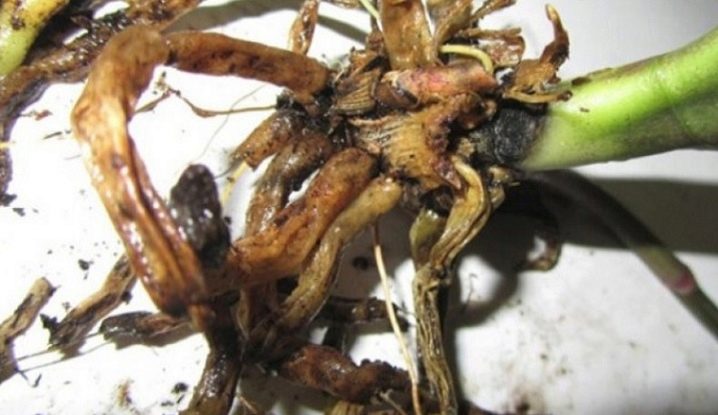
Insufficient soil moisture or improperly selected acidity causes the appearance of spots on the leaves and generally weakens the flower. A weak stunted plant is more easily exposed to various diseases and pests.
It should also be noted that the larvae of various insect pests may initially be present in poor-quality soil. The most common are scale insects, root aphids, spider mites. Or sometimes you can see white beetles growing on the stems of the leaves - this is most likely the so-called mealybug.Naturally, it is necessary to immediately take measures to destroy them: to cultivate the soil or transplant the plant into fresh soil.
If the soil is not carefully processed before planting the plant, then spores of various fungal diseases (root rot, phytospores) may be present in it. Heavy compressed soil, which causes stagnation of water, or a cold windowsill, where there is a pot with spathiphyllum - all this will lead to the death of the plant unambiguously.
In conclusion, we can say that spathiphyllum is a rather unpretentious flower. Knowledge of some rules and conditions for growth, continuous minimal care - and "female happiness" will bloom all year round and delight with its fresh appearance.
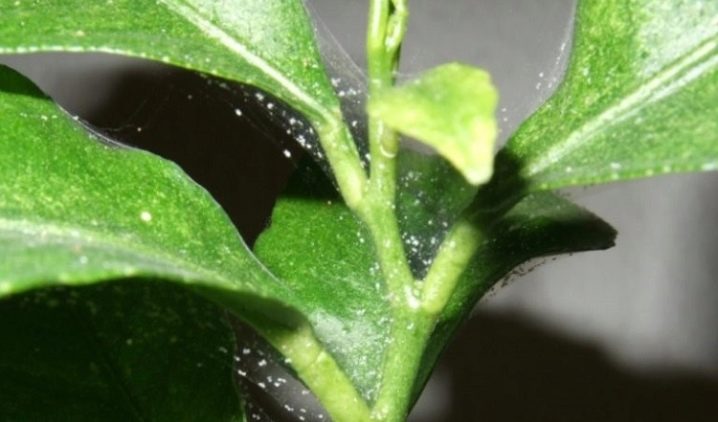































Thanks for the advice.
Thanks to.
Thanks for the information.
Thanks for the useful information.
The comment was sent successfully.